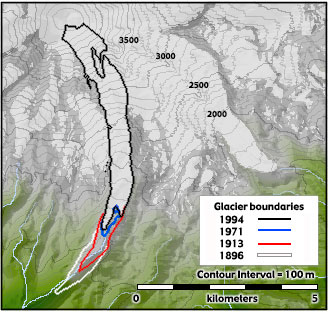

Figure 1 - Contour / Relief Map Nisqually Glacier Viewing Nisqually Glacier: To get the best views of the glacier, go to Paradise Visitor's Cener, and take the trail up to Glacier Vista. Though this trail climbs for several miles, you can see the glacier from many places on the trail.
Time-lapse photography of glacier flow on Nisqually glacier. Click on the arrow on the left side of the control bar to play the movie. You must have a Quicktime plug-in installed in your browser to view this movie. |
|
General Information: Nisqually Glacier is perhaps the most visited, best-surveyed glacier on Mount Rainier. Because of easy access and prominent location the glacier has been studied since the mid 1850's. In 1857, Lt. August Kautz crossed Nisqually Glacier during an attempt to climb the summit. Then in 1884, Allen Mason photographed the glacier for the first time, laying the foundation for a photographic record of Nisqually that spans over a century. During the 1930's Tacoma City Light Department (TCL) and U.S. Geological Survey (USGS) began a series of measurements of glacier surface elevation, to determine the impact of Nisqually's shrinkage on water supplies for hydroelectric power production. The product of this research is a record of glacier change for Nisqually spanning nearly 150 years. During this time the glacier has retreated and advanced several times, however, the general trend has been shrinkage. In 1857, Kautz wrote in his journal that the terminus reached a narrow rock throat underneath the present highway bridge. By the time Mason began photographing the glacier, the terminus had retreated up the valley 0.3 kilometers (0.2 miles). Photographs taken early in the twentieth century show national park visitors posing near the highway bridge with the glacier clearly visible over their shoulders. By the 1950's, such photographs were not possible since the glacier had retreated up the valley nearly two kilometers (1.2 miles), meaning that it was lost from view to anyone on the road. Then a few years later it was visible again from the bridge over Nisqually Creek. However, in 1970's the glacier resumed its retreat and again disappeared from view. Since that time the glacier has gone through a series of minor advances and retreats. Currently, a wave of thickened ice has been moving toward the terminus, most likely resulting in another minor advance (c). Text adapted from A Visitor's Guide to Mt. Rainier Glaciers by Carolyn Driedger. |